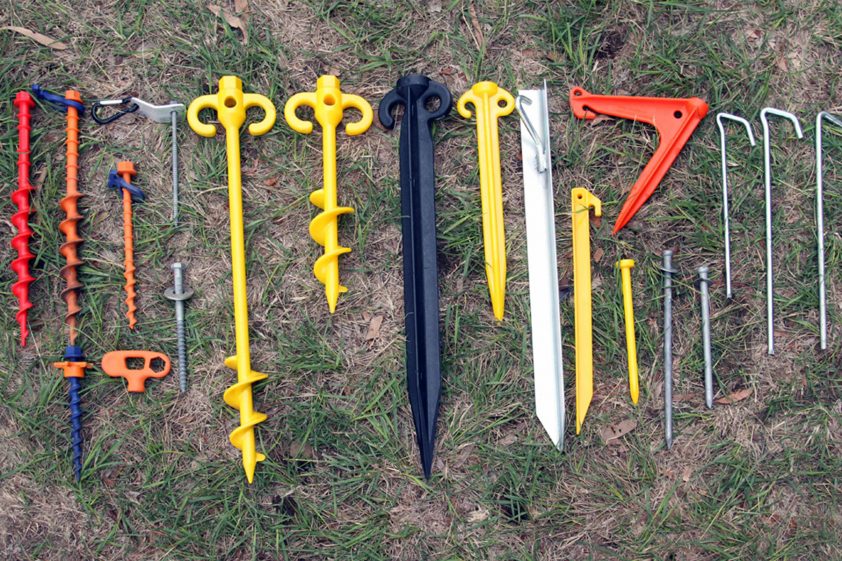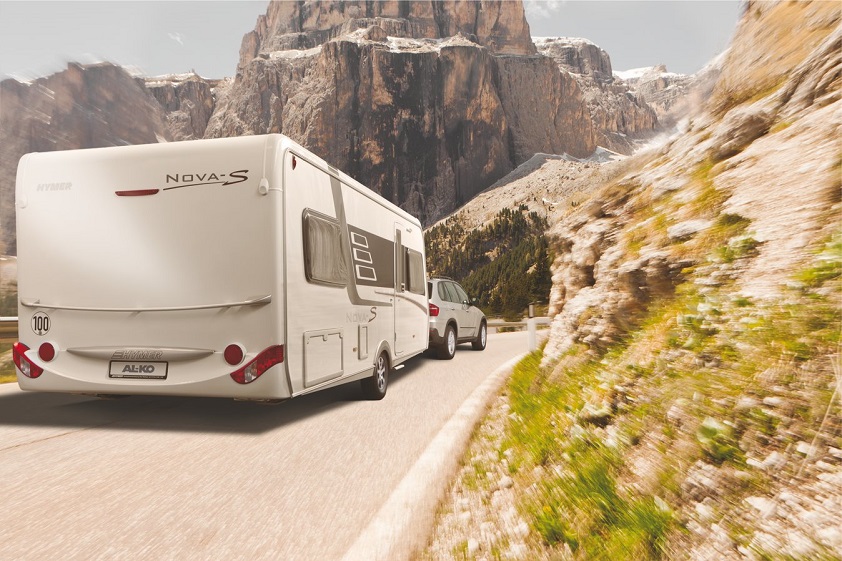Winter evenings can get pretty chilly in outback Australia, with many hours to be passed in the van as temperatures plummet outside.
Most caravans come with some form of heating as part of the fit-out, but it might not suit your caravan heating needs. Let’s look at the various options for keeping warm safely and effectively.
Heating without power
Close the van and draw the curtains at sundown; cook dinner in the oven.
Choose bedding wisely. Wool or space blankets are a cost-effective way to ensure a cosy sleep, as will a sheepskin mattress protector under the bottom sheet.
Hot water bottles provide safe warmth, so long as they are in good condition.
Warm clothes and woollen socks will keep body heat intact when you’re out of bed.
Powered heating
There are many variations of caravan heating that need power. Let’s look at when and why you would choose one over the other.
- Diesel-powered heating is relatively cost-effective if you have a large area to heat or spend a lot of time in cooler climates. The fuel tank, exhaust and air intake are mounted externally, with one or more outlets inside the van. Likewise, if you have a portable diesel heater, it must operate outside the vehicle with the hot air ducted inside. Diesel heaters tend to be relatively noisy.
- Gas-powered heating is quiet but can be expensive, and might run out after a few cold, wet days in the middle of nowhere.
- Combination gas/electric heaters, on the other hand, allow you to save on gas when electricity is available.
- Electric heating really only works in a caravan park. Solar power offers limited capacity for warmth unless the panels are constantly exposed to direct sunlight. Under-floor heating is an unobtrusive way to use electricity; it can be built in, or added by slipping a purpose-built membrane under the floor mat.
- Space heaters use diesel, gas, electricity or a combination. Air is drawn from the interior of the van through one vent, passed across the heating unit then returned through another vent. Some space heaters can be set up to operate in conjunction with the hot-water unit, while others are mounted to the chassis of the caravan.
Precautionary measures
- Insulation keeps cold out and warmth in, while reducing energy wastage.
- Floor rugs cut heat loss, as will thick curtains on windows and over the door.
- It may seem paradoxical, but ventilation is vitally important if you are heating an enclosed area with gas or diesel.
- On the other hand, it’s also important to make sure that heat doesn’t escape through ill-fitting window seals, doors or skylights.
- Install smoke and carbon monoxide alarms and always have a fire extinguisher or blanket handy.
The cost and effectiveness of heating your caravan will ultimately depend on how you use it, but the more you rely on unpowered heating, the less you will need to use available power sources.
If you’re thinking about installing or upgrading your caravan’s heating system, make sure you check what you can and cant do without a licensed electrician.





